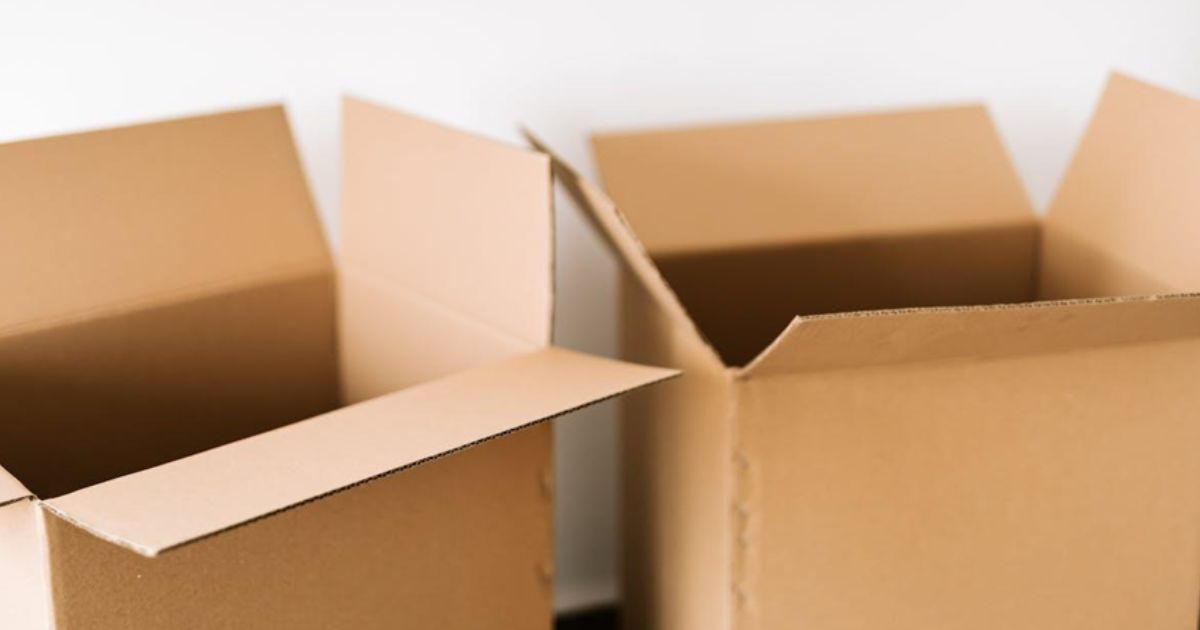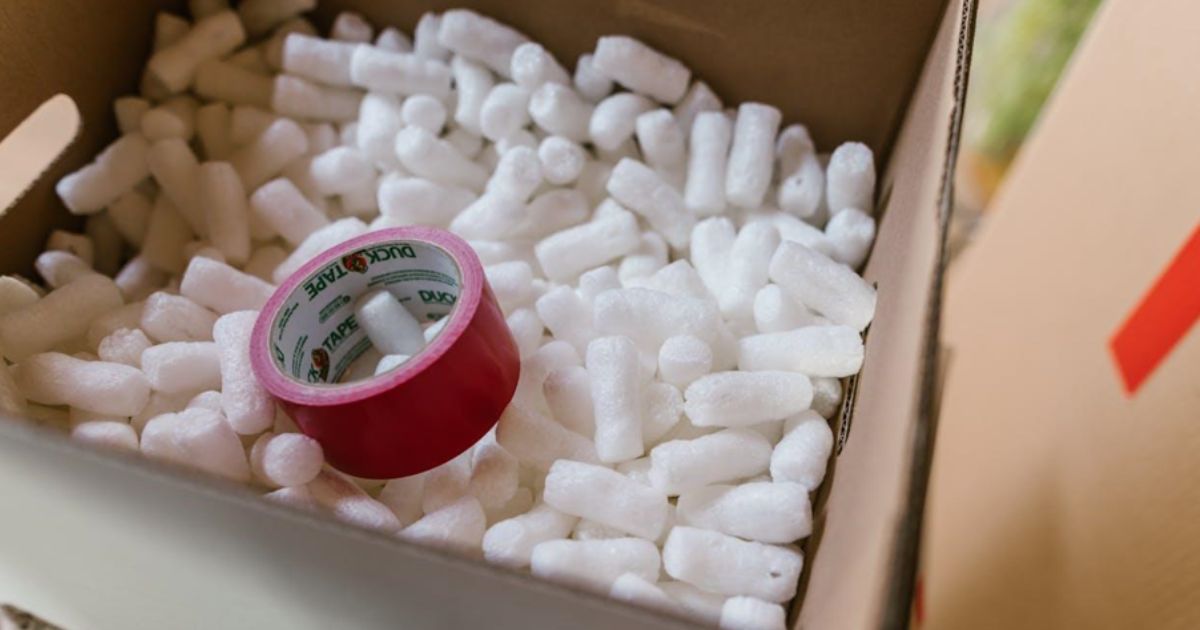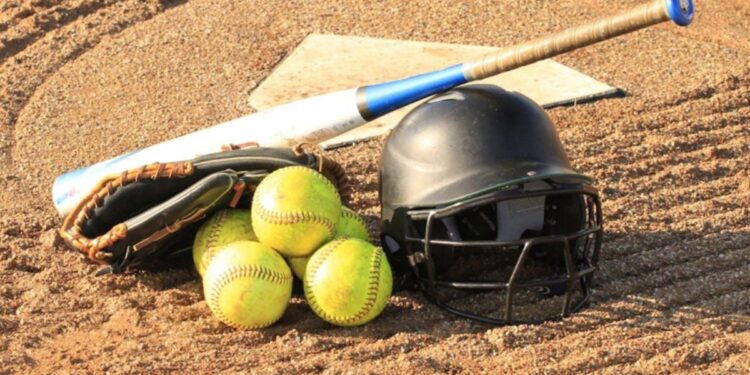Regarding moving, sports gear can be some of the most challenging and stressful items to pack. Whether you’re an avid golfer with custom clubs, a cyclist with a high-end bike, or a hockey player with special equipment, the thought of damaging something during the move can make anyone panic. After all, you’ve spent time and money investing in your gear, so the last thing you want is to see it scratched, broken, or out of commission when you arrive at your new place. The good news is that you can move your sports gear safely and confidently with some planning and the right approach. Here are some practical, real-world tips for packing and moving sports gear while protecting your investment and making the packing and moving process as smooth as possible.
Gather the Right Supplies
Before you start packing, gather the materials you’ll need to protect your sports gear. This might sound basic, but using the right supplies can make all the difference between arriving with everything intact or dealing with broken equipment.
- Sturdy boxes: Go for heavy-duty boxes that can withstand the weight of your gear. Consider getting specialty boxes for larger items like skis, snowboards, or hockey sticks.
- Bubble wrap and foam padding: Delicate items like golf clubs, racquets, or football helmets can especially benefit from extra padding. Bubble wrap is great for wrapping around these items, while foam padding can fill any empty spaces in boxes to prevent shifting during transport.
- Packing tape: Invest in good-quality packing tape to ensure your boxes stay closed during the move.
- Protective covers or cases: If you have hard or soft cases for your gear (like a bike case or a racquet cover), definitely use them. They’re designed to protect your equipment and are often the best way to prevent damage.
- Blankets or towels: For larger, oddly shaped items, blankets or towels can offer a soft buffer to prevent scratches.
Caption: Finding big enough boxes to fit all your gear is crucial.
Alt: Big cardboard boxes for moving.
Clean and Dry Everything First
Before packing, take a moment to clean your gear thoroughly. Dirt, grime, or moisture can cause damage over time. This is especially true if you keep your items away for a while before you unpack them. For example, a bike put into a box with mud on the tires or frame can become harder to clean later. Not to mention, moisture can lead to rust or mildew. The same goes for outdoor gear, like golf clubs or fishing rods.

Give everything a good wipe-down and ensure it’s dry before packing it. This simple step will protect your gear from potential long-term damage. It will also ensure that everything is ready to use immediately when you unpack.
Disassemble When You Can
Whenever possible, disassemble larger equipment to make it easier to pack and move. This is one of our favorite tips for packing and moving sports gear because it also reduces the risk of damage. For example, if you need to pack your bike, take off the pedals, remove the front wheel, and loosen the handlebars so they can be turned sideways. If you’re moving a high-end bike, consider using a bike box or a bike travel case, which offers extra protection. Disassembling gear may add additional time upfront, but it’s well worth it to avoid costly damage later.
Use Protective Cases for Electronics and High-Tech Gear
If you have any high-tech gear, think GPS watches, drones for recording outdoor adventures, or cycling computers, make sure these items are packed separately and securely. Original packaging is often the best option, but if you no longer have the boxes, use small, sturdy boxes with plenty of cushioning (bubble wrap or foam). For larger electronic items like treadmills or exercise bikes, follow the manufacturer’s instructions for disassembly and transport. Electronics tend to be delicate, so take extra care when handling them.
Pack Heavier Items on the Bottom
When packing multiple items in the same box, there’s a logic you need to be aware of. Always start with the heaviest or sturdiest gear on the bottom. This will prevent smaller, more fragile pieces from getting crushed. For example, if you’re packing weights, dumbbells, or kettlebells, pack those on the bottom and then layer softer or more delicate items like gloves or clothing on top. It might seem obvious, but it’s easy to forget this step and damage your equipment in the chaos of moving. You can find more moving resources at centennialmoving.ca and great packing tips for your gear.

Label Boxes Clearly
Labeling boxes can save you so much time and stress when unpacking. Regarding sports gear, you might want to take it further and be extra specific with your labeling. Instead of just writing “sports gear,” you could label it as “cycling gear: handle with care” or “golf clubs: fragile.” This can help movers (or yourself) know to be extra cautious with certain items. If you’re using fragile items like helmets, goggles, or rackets, don’t hesitate to write “fragile” on the box. It’s better to over-label than to end up with broken equipment.
Don’t Forget the Small Stuff
When packing, it’s easy to focus on the big-ticket items like your bulky hockey gear or cumbersome skis, but don’t forget about the smaller (yet still important) pieces of gear. Water bottles, gloves, helmet liners, and other accessories might seem insignificant. However, losing them or having them damaged can be a big hassle. Pack these smaller items in clearly labeled bags or smaller boxes and keep them together with their corresponding equipment to make sure you don’t lose anything in the shuffle.
In Conclusion
Moving is never easy. However, with the right approach, you can ensure that your sports gear arrives safely and is ready for action at your new home. It doesn’t matter if you’re transporting expensive equipment or simply want to preserve the longevity of your gear. These tips for moving and packing sports gear can help you avoid common pitfalls and protect your investment during the move.
Meta: Planning on moving soon? Check out our tips for packing sports gear and moving it without damaging your investment.







